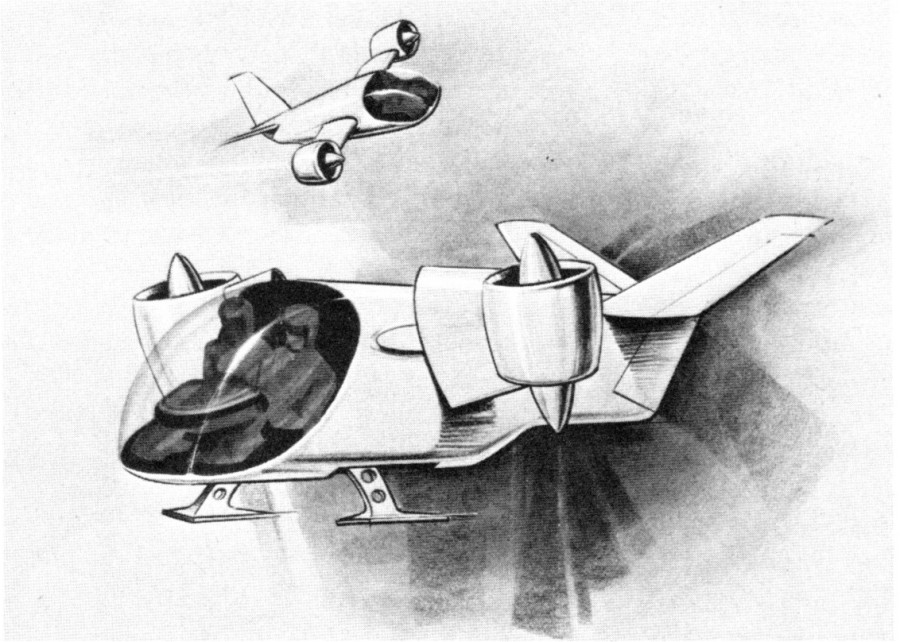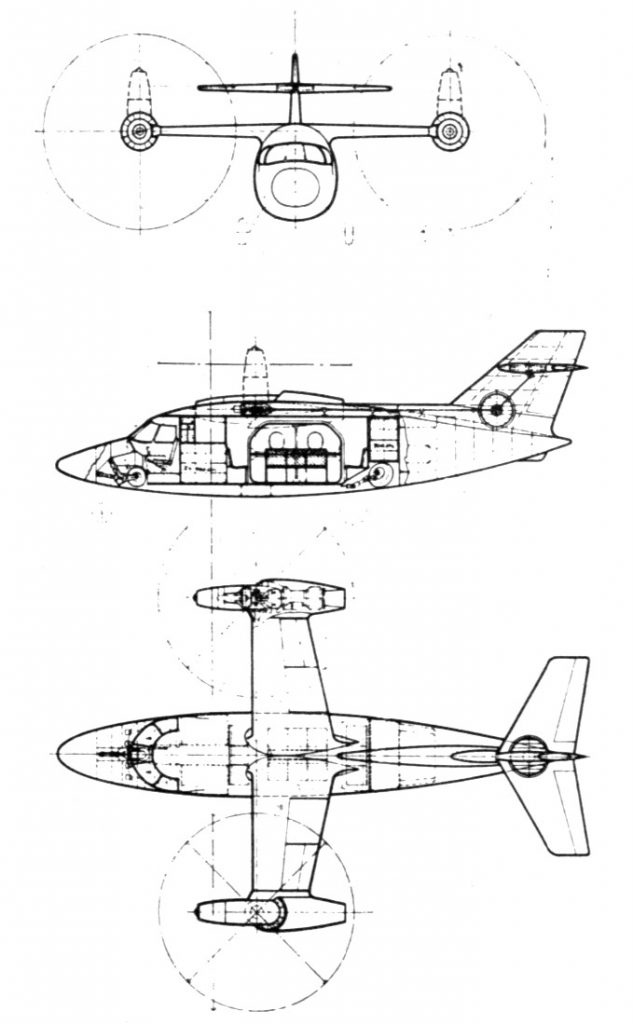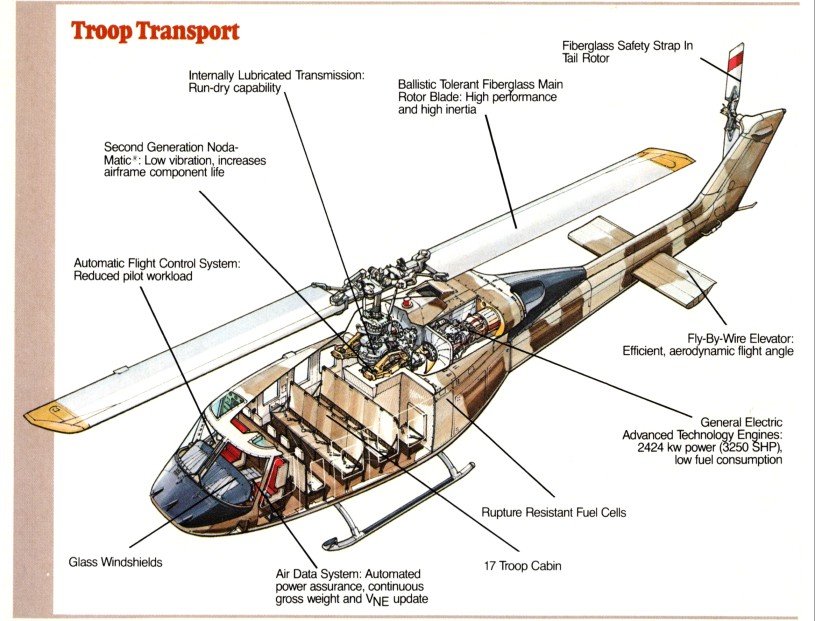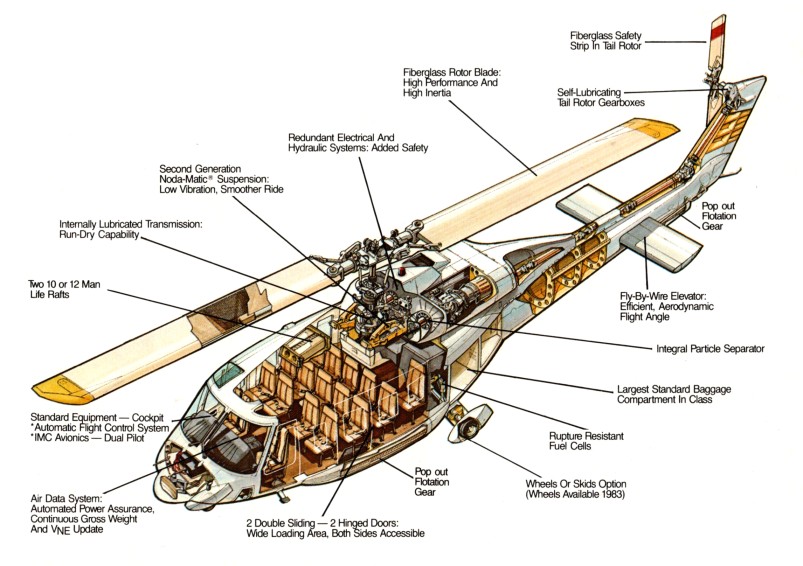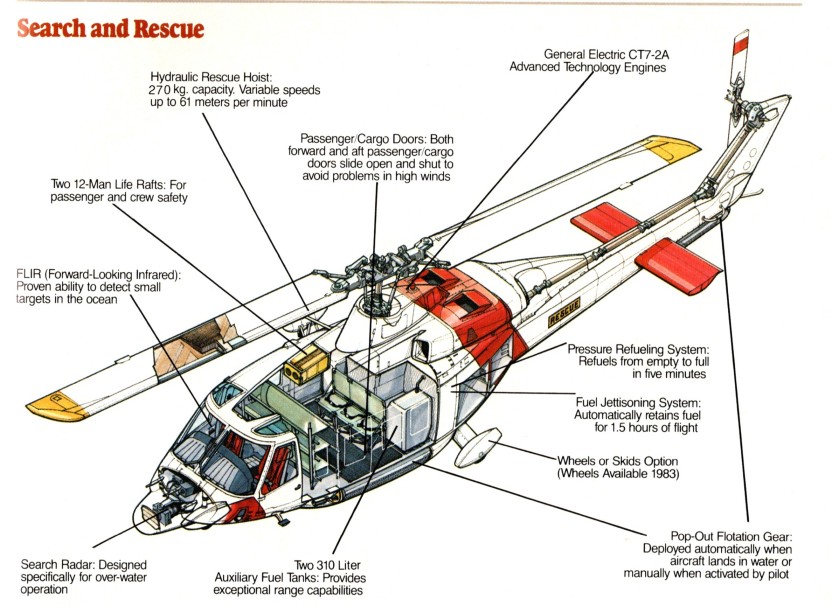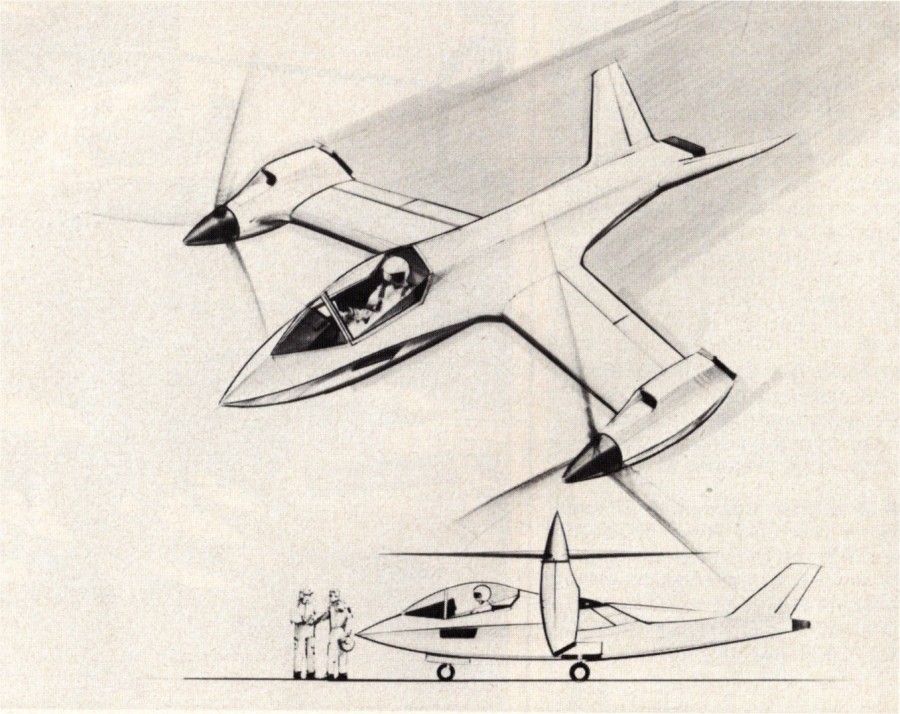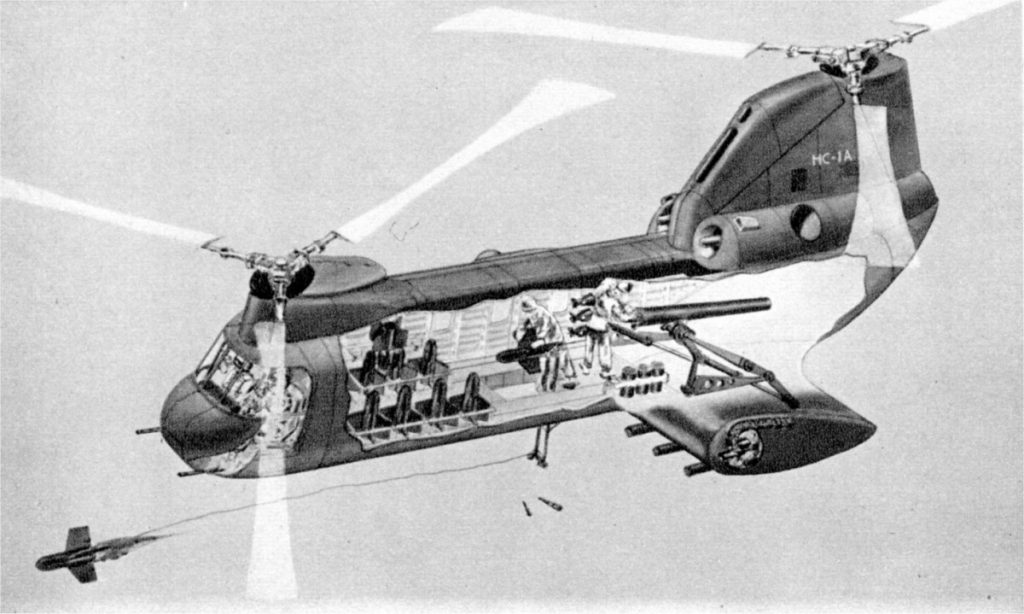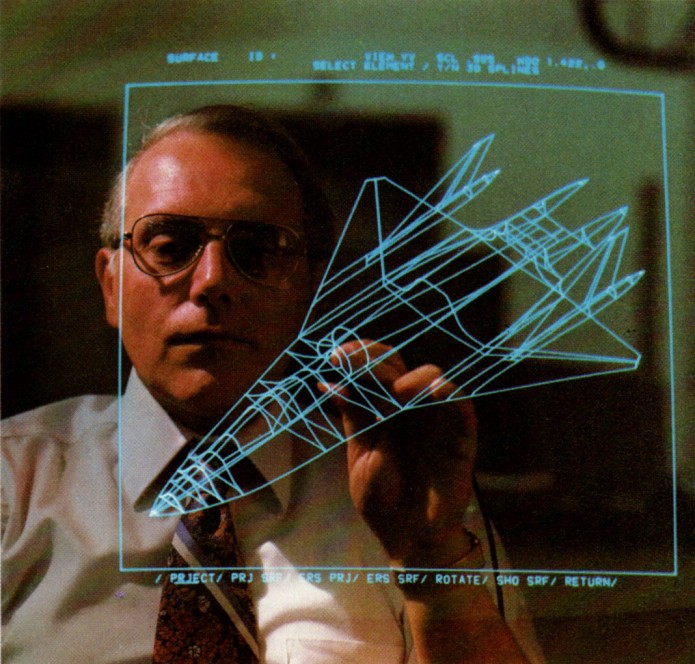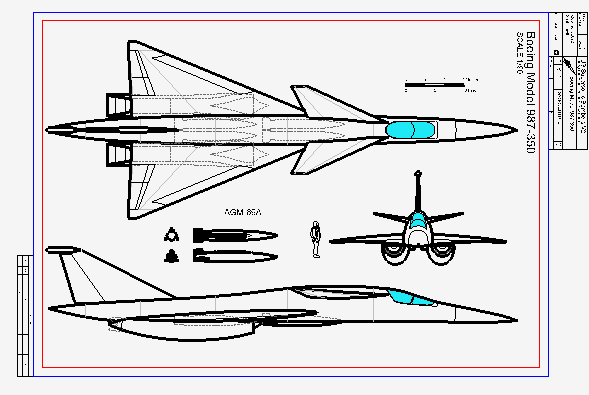A Beech Aircraft Company concept for a civilian VTOL for the 1980s, from circa 1971. This would be a two-seater using tilt-ducts. This appears to be less “engineering” and more “art,” as there are some definite headscratchers about the design. Where are the engines? In designs such as these it/they are typically in the fuselage, driving the ducted fans with shafts. But no provisions for inlets or exhausts are evident. So the engines would probably be in the nacelles themselves but there doesn’t seem to be room for them. The cockpit canopy is expansive and would provide a *fantastic* view, but it seems to be sized only for people who have had their legs amputated. The configuration, unlike your average tiltrotor, seems perfectly capable of horizontal runway takeoffs and landings, but the use of skids rather than wheels would make that problematic. The disk loading would be impressively high, and the resulting blasts of air from the ducts would likely tear anything short of solid concrete to shreds.
